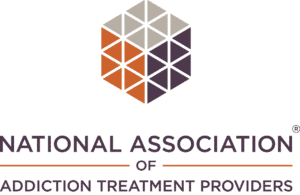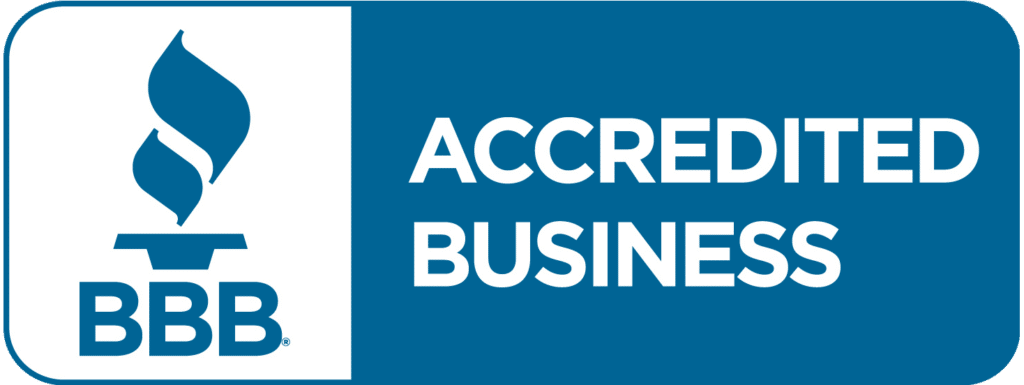Dissociative drugs, a class of substances that alter consciousness and perception, have long intrigued both the medical community and the public. These substances, which include ketamine, PCP, DXM, nitrous oxide, and salvia divinorum, can induce a range of effects from euphoria to profound disconnection from reality. This blog post delves into the nature of dissociative drugs, their effects, risks, and the ongoing debate about their safety and potential therapeutic applications.
Understanding Dissociative Drugs
Dissociative drugs are known for their ability to disrupt the action of N-methyl-D-aspartate (NMDA) receptors in the brain, which are crucial for glutamate transport, affecting perception, mood, and one’s sense of self. These substances can make individuals feel detached from their environment and their body, leading to altered sensory perceptions and, in some cases, hallucinations.
The Effects of Dissociative Drugs
The effects of dissociatives can vary widely and depend on numerous factors including the type of drug, dosage, and individual biology. Short-term effects may include heightened senses, euphoria, visual and auditory distortions, and out-of-body experiences. However, these drugs also carry the risk of adverse reactions like panic, paranoia, and a disconcerting feeling of disconnection from reality known as a “K-hole”.
Long-term use of dissociatives has been associated with a variety of health risks, such as cognitive impairments, memory loss, and psychological dependency. The severity of these effects often correlates with the frequency and amount of drug use.
The Therapeutic Potential vs. Risks
Despite their risks, some dissociative drugs have recognized medical applications. For instance, ketamine has been used as an anesthetic and more recently, in a derivative form, as a treatment for resistant depression. Research is ongoing into the therapeutic potential of these substances for conditions such as PTSD, substance use disorders, and severe depression.
Navigating Use and Misuse
The dual nature of dissociative drugs—as both potential therapeutic agents and substances of abuse—highlights the importance of understanding their effects, risks, and the contexts in which they can be safely used. Misuse of dissociatives can lead to serious health issues, including addiction and long-term mental health problems.
The Legal and Social Context
The legal status of dissociative drugs varies, with some being available by prescription for medical use, while others are illegal due to their high potential for abuse and harm. The ongoing research into their therapeutic potential could reshape this legal landscape, making it crucial to stay informed about the latest developments.
Dissociative drugs represent a complex category of substances with the power to alter human consciousness profoundly. While they offer significant therapeutic potential, their use comes with substantial risks. As research continues to uncover the complexities of how these drugs affect the brain and behavior, it is essential for individuals to approach them with caution and for society to regulate their use responsibly. Understanding the balance between benefit and risk is key to harnessing the potential of dissociatives safely and effectively.
In navigating the intricate world of dissociatives, it is clear that education and responsible use are paramount. As we explore the boundaries of human consciousness and potential therapeutic applications, let us proceed with both curiosity and caution, mindful of the profound impact these substances can have on the mind and body.
FAQs
What are examples of dissociative drugs?
Dissociative drugs include substances such as ketamine, PCP (phencyclidine), and dextromethorphan (DXM). These drugs can cause distortions in perception and a sense of detachment from the body or environment. They are known for altering sensory experiences and can lead to hallucinations, often impacting mood, memory, and personal identity.
What drugs help dissociation?
Medications that may help with dissociation include antidepressants, antipsychotics, and mood stabilizers. These drugs are typically used in conjunction with therapy to manage symptoms. Each individual’s reaction to medication can differ, so professional guidance is crucial to determine the most effective treatment plan for reducing dissociative symptoms.
What drugs are similar to DMT?
DMT, a psychedelic compound, shares similarities with several other substances known for their powerful mind-altering effects. These include psilocybin, found in magic mushrooms, known for its hallucinogenic properties, and LSD, famous for its intense visual and sensory distortions. Another related substance is mescaline, derived from peyote cacti, which also induces vivid visual experiences.
What are the nicknames for dissociative drugs?
Dissociative drugs have various street names based on their effects and forms. Common nicknames include Angel Dust for PCP, Special K for Ketamine, and DXM for Dextromethorphan. These names often reflect the drug’s perceived effects or its intended use. It’s important to be aware of these terms as they are frequently used in both casual and illicit contexts.
What popular drug alters consciousness?
Cannabis is a widely used drug known for altering consciousness. It contains compounds like THC that interact with the brain, leading to changes in perception, mood, and cognition. Its effects can vary depending on the strain, dosage, and individual factors, often resulting in relaxation, euphoria, or altered sensory experiences.
What is the most serious dissociative disorder?
The most serious dissociative disorder is Dissociative Identity Disorder (DID). It involves a person experiencing two or more distinct identities or personality states, each with its own pattern of perceiving and interacting with the world. These identities may take control of the person’s behavior at different times, leading to significant memory gaps and disruptions in daily functioning. Treatment is typically long-term and involves psychotherapy.









